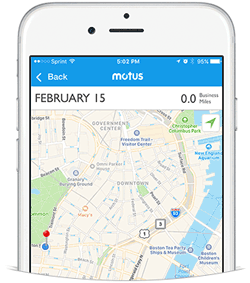
Is employer required to pay mileage reimbursement for hourly employees? How much to reimburse for employee mileage? What are the benefits of mileage reimbursement? What is the going rate for mileage reimbursement?

Each year, the IRS sets a standard mileage reimbursement rate so contractors, employees , and employers can use them for tax purposes. This rate applies to both cars and trucks and fluctuates year by year. Make sure you know the rules and best practices. With this in min we’ll walk you through mileage reimbursement best practices for employers and employees. If providing company vehicles to your employees doesn’t sound right for your company, there is a simpler and more economic solution: employee mileage reimbursement for travel in their personal cars.
By allowing them to use their own vehicles, companies save on costs and gain more flexibility. This is the most common method and considered the easiest. If the amount of the reimbursement is more than the IRS standard mileage rate for the year, the excess amount is taxable to the employee. There is no law that says employers have to offer mileage reimbursement. Many do because it’s a smart way to attract and retain employees.

Companies also get a tax. The following table summarizes the optional standard mileage rates for employees , self-employed individuals, or other taxpayers to use in computing the deductible costs of operating an automobile for business, charitable, medical, or moving expense purposes. Let me share a few things about mileage. Mileage is something that needs to be reimbursed. Here's how to set up a reimbursement pay type for an employee: 1. Reimbursements are nontaxable payments to an employee as a repayment for business-related expenses.
Click the Workers tab from the left pane and select Employees. Choose an employee name. If an employee does not report to their primary work location during a business day, full mileage between home and the meeting location is reimbursable at the IRS mileage rate. Expenses incurred by employees in the course.
Many businesses provide employees with mileage reimbursement forms. As an employee in the US, you might be entitled to have your mileage or transportation costs reimbursed by your employer. While there are no federal laws requiring employers to reimburse their employee’s mileage , state laws sometimes require mileage reimbursement.
Employees can track business miles using paper or digital forms. These expenses can be claimed as tax-free costs by the employer or the employee, as long as trips the employee makes are ‘wholly and exclusively’ for business purposes. The “ mileage reimbursement method” is the most common way employers reimburse employees for personal automobile expenses and requires the employee to track all mileage driven for work. The employee then reports the miles driven to the employer, who then reimburses the employee according to a set per mile rate.

The standard mileage reimbursement rate. Each year the IRS updates the standard reimbursement mileage rate for business mileage. To come up with this figure, the IRS conducts an annual study of both the fixed and the variable costs of operating an automobile.
No comments:
Post a Comment
Note: Only a member of this blog may post a comment.